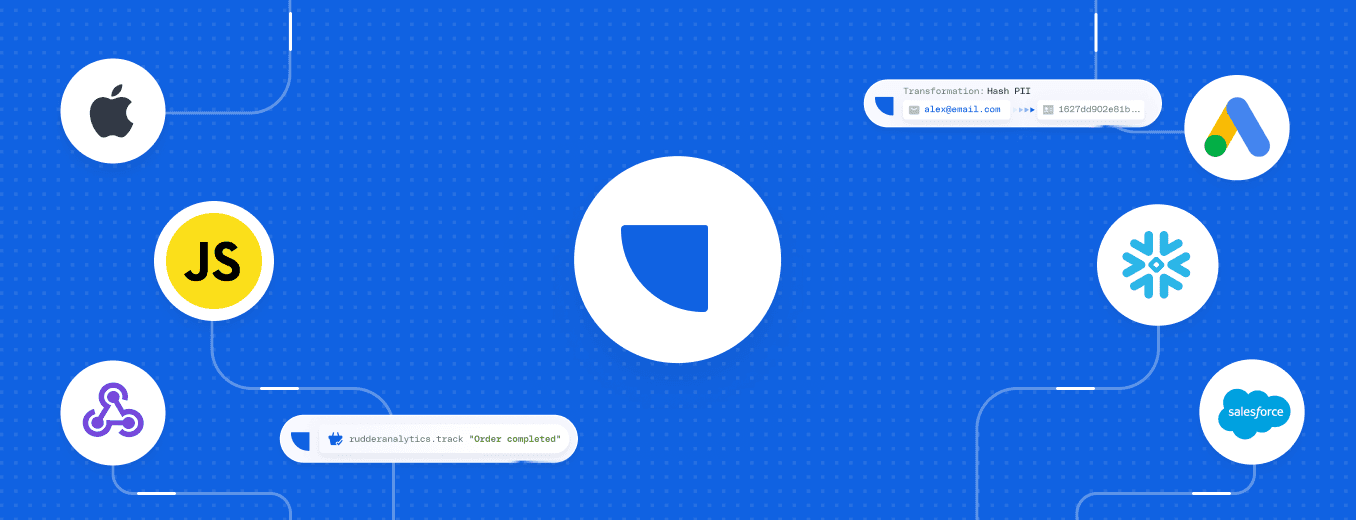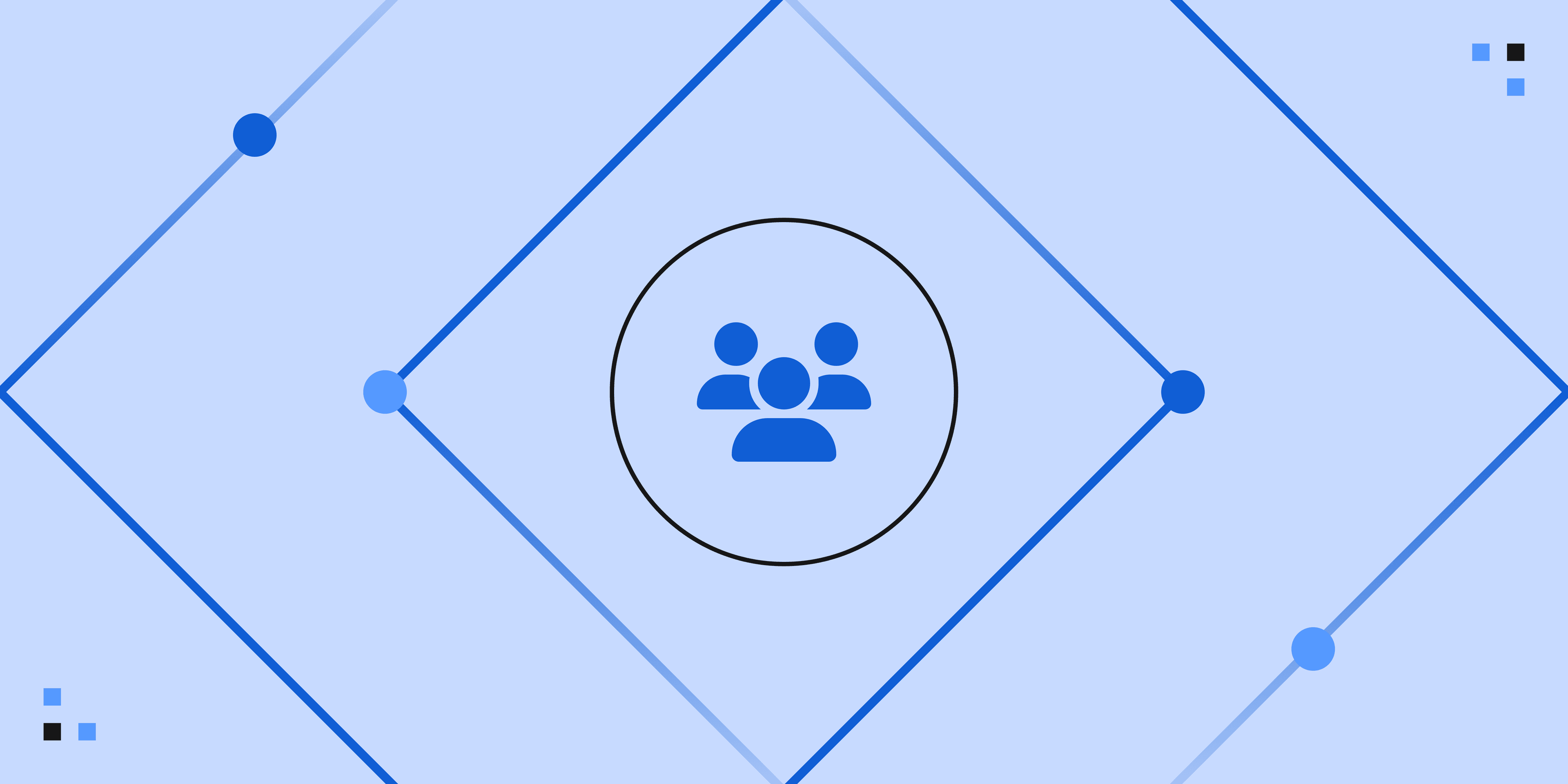Why Twilio Acquired Segment

Congratulations to the team at Segment for their massive acquisition by Twilio. From being founded and accepted into Y combinator in 2011, earning unicorn status at $1.5 billion USD valuation in 2019, to being acquired during the pandemic in 2020 (for billions), Segment’s huge success is a testament to their team’s outstanding vision and execution.
When Segment CEO Peter Reinhardt and cofounders Ian Storm Taylor, Ilya Volodarsky, and Calvin French-Owen launched the startup then known as Segment.io, their initial release of analytics.js was criticized for being only marginally better than a tag manager. But developers on HackerNews loved the idea, and helped propel Segment as a real time data federation tool that made developers’ lives easier. Hence, Segment’s success is also a testament to the power of the developer community, especially on HN—hats off to everyone who supported the project, especially in the early days.
Twilio & Segment
Segment recently published a CDP report where they shared some interesting learnings around top destinations. The SMS & push category was in a distant 11th place, with only 13% of businesses leveraging those types of connections. Even more interesting is that SaaS companies like Braze & Customer.io were listed within the SMS and push category, but not Twilio.
In fact, Twilio was not even a top destination for Segment, which means there is very little overlap between buyers of Segment and Twilio. Or, to put it differently, people who buy Twilio don’t have a significant need for Segment and vice-versa. Twilio didn’t acquire Segment to drive retention or resell it to their existing Twilio customer base.
So, Why Twilio?
To a lot of people, Twilio was a surprise acquirer. Many expected an acquisition of Segment would be credited to Adobe or Salesforce. We believe a few reasons are underpinning this as a true strategic acquisition.
API to application stack
Twilio’s acquisition of Sendgrid gives us a few hints into what’s happening here. Twilio was built as a cloud communications platform providing telecom services over an API, and other companies build applications on top of their APIs.
While Twilio has a near-complete monopoly on this API business, it is still a low-margin business where most of the money goes to gateways, providers, etc. Plus, the gateways like bandwidth.com started to compete by getting into the API business themselves.
The result has been aggressive discounting, which makes it hard to compete. So, while Twilio may have the best developer tools, the nature of the core product (low margin telecom) means that customers will naturally price shop as they scale and the offering becomes more commoditized. To move away from the low-margin API business Twilio needs to go higher up the stack and build applications to move away from the low-margin API business.
End-to-End marketing cloud
The demand for messaging in marketing automation products has grown significantly and is only growing, so it is natural for Twilio to go after the marketing use case.
They already owned the SMS/push channel, and their acquisition of Sendgrid, another software company part of Twilio, covered the email channel. In full form, though, the marketing use case requires data collection and audience building in addition to messaging.
The Segment acquisition gives Twilio the missing half of the equation and will allow them to transform from a communications point solution to a unified customer engagement platform. Perhaps most importantly, the Twilio team has the ability to reinvent significant pieces of the marketing cloud as API-first, which would give them a foot in the door to the market currently owned by Adobe, with a TAM in the hundred billions and a $250 billion market cap.
The sandwich
This is probably the most interesting impact of the acquisition: instead of sitting towards the end of the stack as an API endpoint, Twilio has bought a seat in the extreme front seat of the stack. Not only will this give them significant insight into what is being used effectively in the market amongst a plethora of tools, but it could potentially enable Twilio to build/buy the important verticals that are considered indispensable but are missing from their stack. This could— and should—make some of the Segment’s partners wary.
This isn’t a new dynamic, as many companies in the ecosystem have already developed a healthy distrust of Segment, and now Twilio, along with their roadmaps and product ambitions. Amplitude and Braze are examples of the many products sitting downstream of Segment that will now feel the increasing pressure of “the sandwich.” As a result, we wouldn’t be surprised if Twilio continues to add more of the “missing middle” components of the marketing stack, most likely through acquisitions.
Ambitious Jeff
Twilio CEO Jeff Lawson is now interested in building a truly iconic business such as Salesforce, and Wall Street and the NYSE have given him the checkbook to do M&A. TWLO’s stock price has rapidly climbed from $100 to $300 in the last 6 months.
We have heard that Segment is at approximately $150M ARR (at the time of acquisition), and given Twilio’s current EV/ARR multiple of approximately 25x, Twilio will add about $3B-5B in market capitalization, making this a solid acquisition in terms of the basic exchange of value.
Moreover, Twilio’s margins in their core business are arguably lower than Segment. We have also observed that Segment is struggling to make the transition to both enterprises as well as build a product beyond the pipe that has meaningful traction. All in all, we believe this is a win for both parties involved. Jeff is well on his way to building a once-in-a-lifetime business.
Ultimately though, this leaves a big hole in the market for data teams that are focused on building great customer experiences, but aren’t looking to get stuck with an inflexible and costly suite solution. That’s why we built RudderStack, an open-source alternative to Segment. As the leading warehouse native customer data platform, RudderStack was built for data teams who want the control, flexibility, and transparency of running their CDP on their own warehouse or data lake.
Sign up for free and start sending data
Test out our event stream, ELT, and reverse-ETL pipelines. Use our HTTP source to send data in less than 5 minutes, or install one of our 15+ SDKs in your website or app. Get started.
Recent Posts
 Data without compromise: The RudderStack story
Data without compromise: The RudderStack story Beyond audience creation: Customer 360 data activation transforms results for every team
Beyond audience creation: Customer 360 data activation transforms results for every team How we built RudderStack’s real-time personalization engine
How we built RudderStack’s real-time personalization engine